What If the Waves Could Heal?
Since Antiquity, sea bathing has been used to soothe the body and calm the mind. What ancient civilizations intuited, modern medicine has now confirmed: the benefits of seawater are real. Today, thalassotherapy, born in France and refined over centuries, stands out as a natural and deeply revitalizing method.
From the shores of Greece to the marine spas of the Roman Empire, and the specialized centers along the Atlantic coast, the history of thalassotherapy is as vast as the oceans themselves. Why is this age-old tradition making a powerful comeback? What are its core techniques? And why has France become the undisputed leader in this field?
Embark on a journey into a practice that is both ancient and remarkably modern: a healing therapy from the sea, designed to help you restore balance and wellbeing.
Hippocrates and Sea Baths: Ancient Wisdom That Still Resonates Today
Long before seaside spas coined the term thalassotherapy, the father of Western medicine was already laying its foundations. In the 5th century BCE, Hippocrates observed that seawater could cleanse wounds, ease joint pain, and restore vitality to weakened bodies. He prescribed saltwater baths, inhalation of marine air, and even the application of algae and marine mud to rebalance the body’s internal systems.
At the time, the sea was seen as a living element, capable of restoring the humors of the human body: those four vital fluids (blood, phlegm, yellow bile, and black bile) whose balance, according to Hippocrates, was the key to health. Setting sail or simply approaching the shore was already considered a form of healing.
Though shaped by the medical beliefs of his era, Hippocrates’ intuition has proven remarkably accurate. Today, we know that seawater is rich in essential minerals and trace elements – like magnesium, calcium, and potassium – which are easily absorbed through the skin. And when we look at modern thalassotherapy treatments, centuries later, the core principles remain unchanged: immersion, breathing, and rest by the sea.
Behind every modern seawater bath lies a quiet but enduring legacy, that of a Greek physician whose keen observation led him to a timeless truth: the sea can heal.
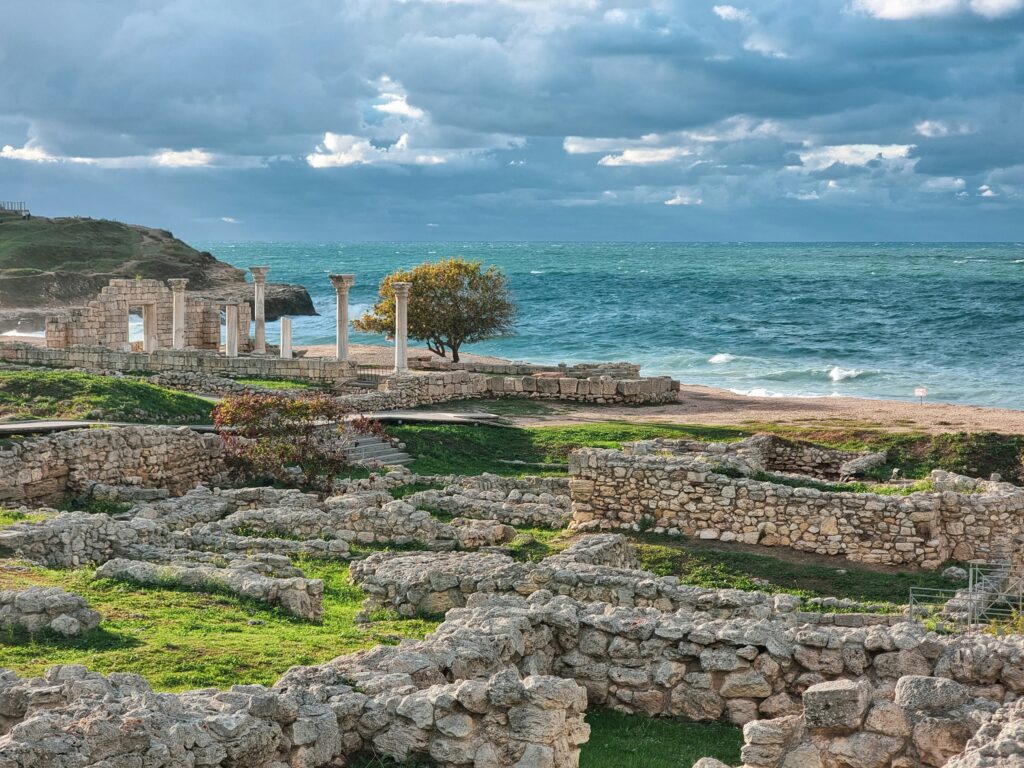
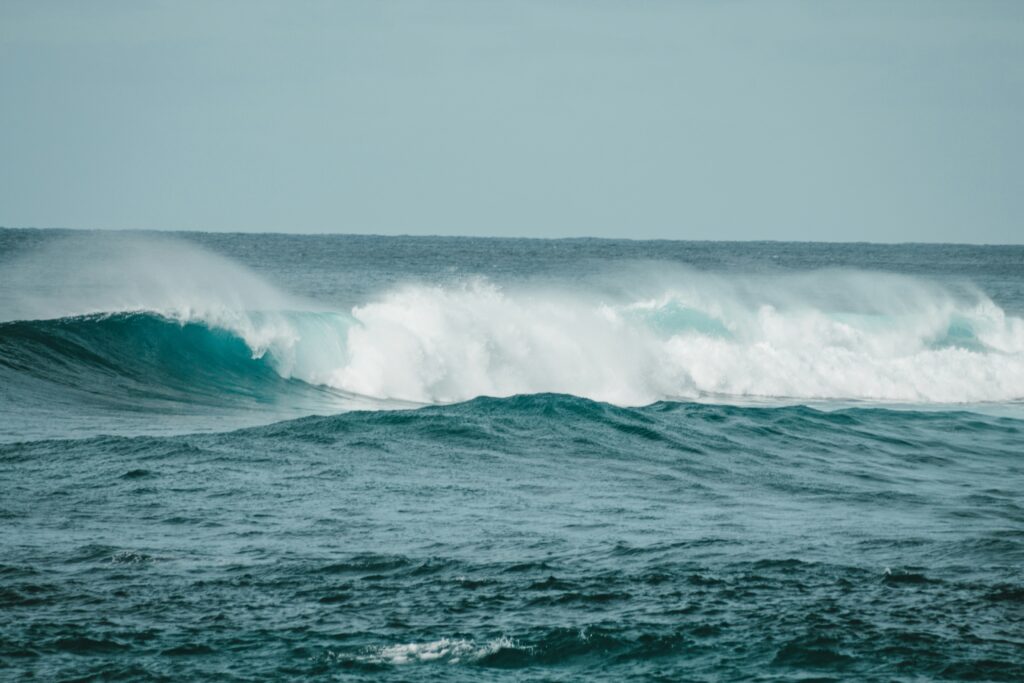
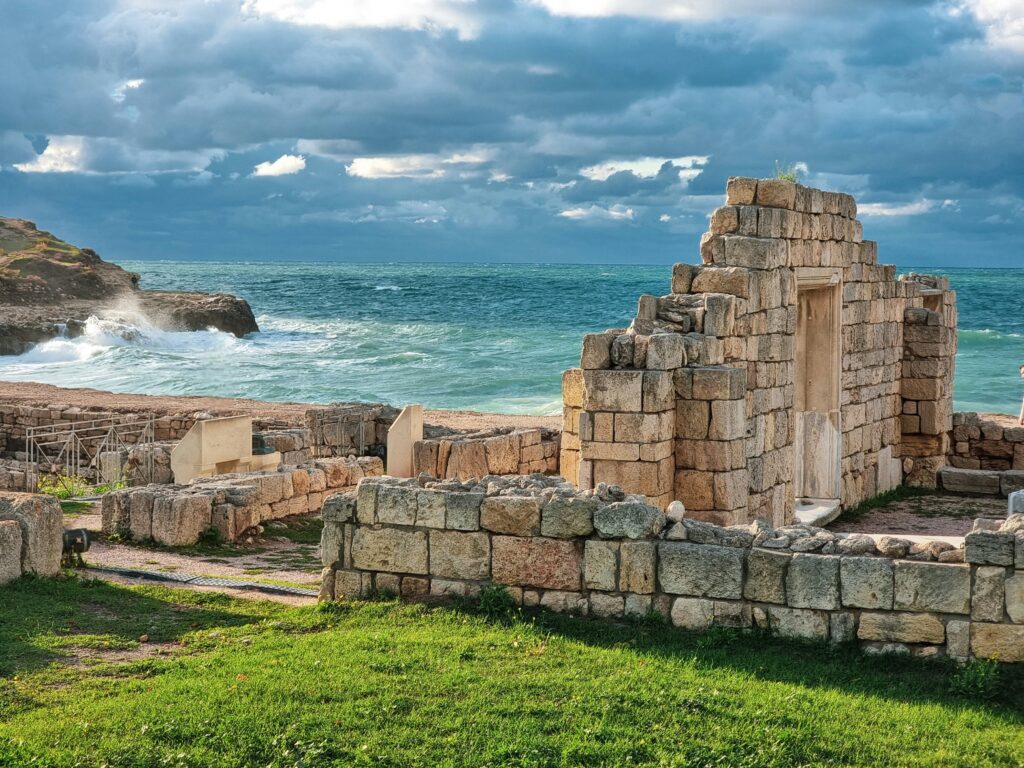
The Romans and the First Marine Baths: The Art of Living Through Water
The Romans may not have invented everything, as the saying goes, but they perfected the essentials. While they weren’t the first to believe in the therapeutic power of water, they became true masters in elevating it. They were behind the first genuine marine baths, built directly by the sea to harness the full benefits of saltwater, sea spray, and heated bathing.
In Baiae, along the Gulf of Naples, or at Aquae Calidae in what is now Bulgaria, people frequented opulent establishments—sometimes perched above natural hot springs, with sweeping sea views. There, Roman citizens – soldiers, senators, philosophers – moved through caldarium, tepidarium, and frigidarium chambers, while also enjoying sea mists, algae baths, and olive oil massages.
Bathing was never just about cleanliness: it reflected a holistic approach to wellness, blending hygiene, health, and social connection. Seawater was considered a natural remedy, believed to strengthen the body, calm the nerves, and purify the soul. This art of living was deeply rooted in Roman culture and is viewed by many historians as the direct ancestor of today’s thalassotherapy retreats.
Even now, in certain coastal cities across Europe, the ruins of these ancient baths still stand. They remind us that for the Romans, the sea was far more than a backdrop or a border, it was a partner in well-being, a gentle form of medicine in harmony with the elements.
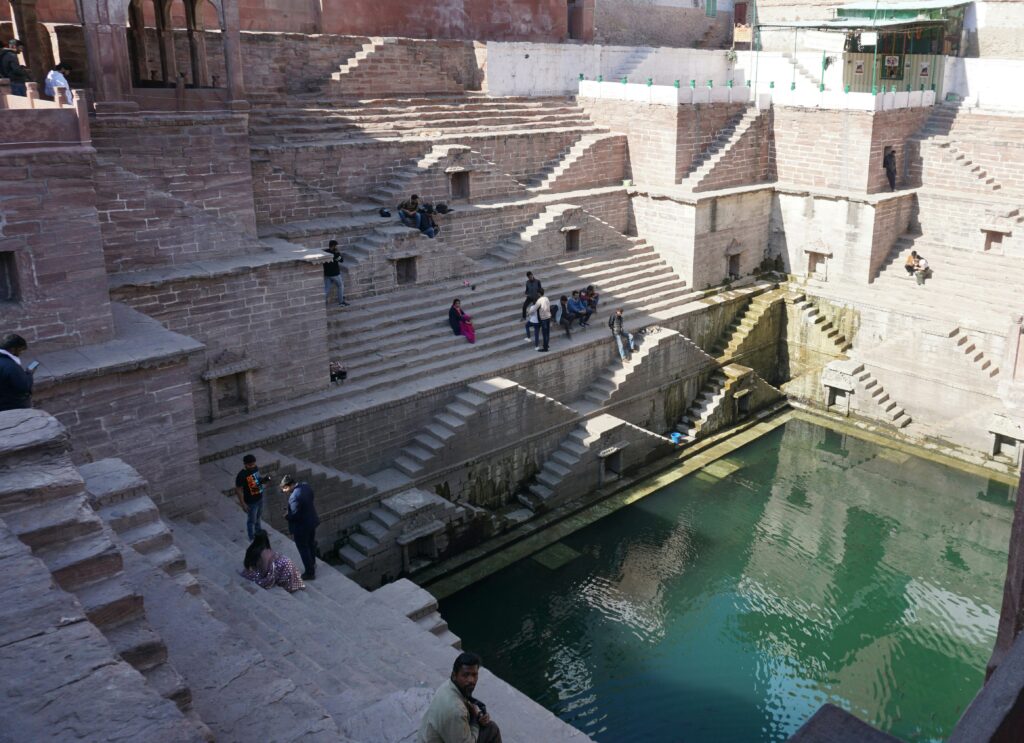
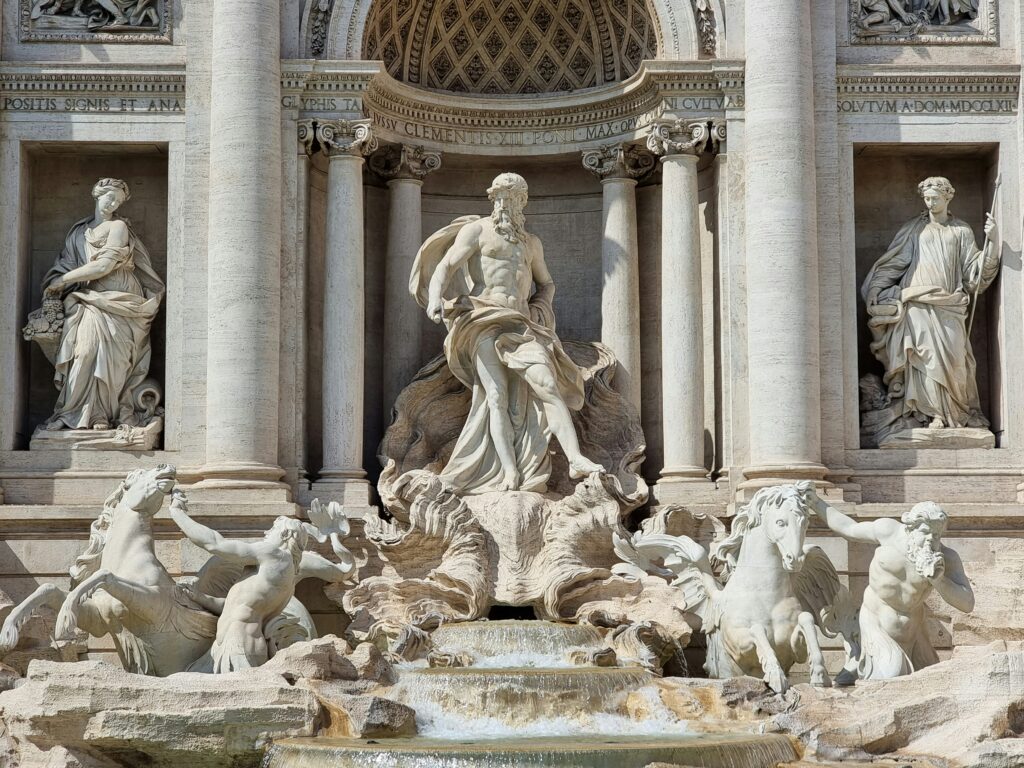
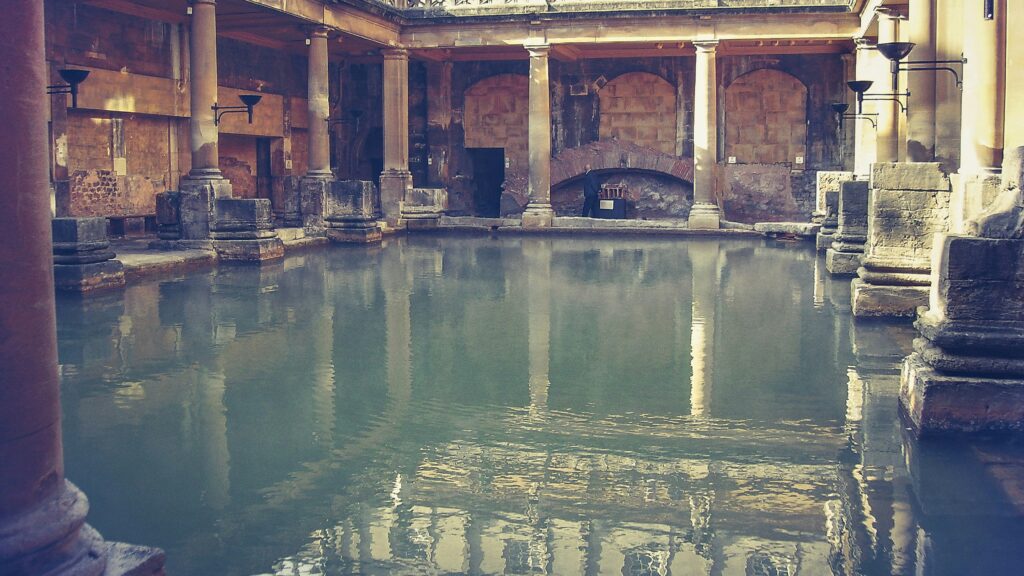
When the Waters Receded: The Forgotten Baths After Rome
Silence replaced the sound of flowing water. With the fall of the Roman Empire in the 5th century, the grand thermal establishments, once symbols of civilization and well-being, gradually vanished from the European landscape. It wasn’t just a political collapse, but a profound shift in mindset.
Infrastructures crumbled, roads became perilous, cities emptied out. Public baths, deemed too expensive to maintain, were abandoned or repurposed. But more importantly, the perception of the body itself changed. Under the growing influence of medieval Christianity, cleanliness was no longer seen as a sign of health but as an expression of vanity. The body became suspect, and bathhouses, once places of relaxation, were now associated with moral decay and temptation.
Medicine, too, took on a new face: more mystical, more spiritual, and often guided by prayer, penance, or relics rather than physical observation. Natural remedies, including therapeutic bathing, fell out of favor. Fear of epidemics and contagion spread, and water began to be seen less as a cure and more as a source of danger.
It would take until the Renaissance and more firmly the 19th century, for science to rediscover what the Ancients had long known: that water heals, strengthens, and reconnects the body and mind. This long period of silence now lends modern thalassotherapy a deeper resonance: the rediscovered joy of a healing ritual that history had, for a time, forgotten.
When a Word Became a Method: Dr. La Bonnardière and the Birth of Thalassotherapy
In the 19th century, an era marked by the rediscovery of the body and the rise of natural medicine, a new word emerged, sealing the bond between sea and health: thalassotherapy. Coined by Dr. Joseph de La Bonnardière, a French physician deeply convinced of the therapeutic power of seawater, the term reflected a turning point where medical science began to bridge empirical tradition with structured methodology.
This elegant word, derived from the Greek thalassa (sea) and therapeia (care), did not appear by chance. At the time, seaside resorts were flourishing, sea bathing was all the rage among Europe’s elites, and doctors like Richard Russell in England and La Bonnardière in France were working to establish a scientific framework around the observed benefits of the sea.
But La Bonnardière went further. It wasn’t just about bathing or breathing salty air anymore. He envisioned the sea as a complete therapeutic environment where each element, from water and seaweed to marine sediments and ocean spray, could be harnessed within a structured healing regimen. The word became a method. The method, a discipline.
This is how modern thalassotherapy was born: at the crossroads of science, observation, and intuition. A proudly French concept, it first took root in Brittany, Normandy, and along the Basque coast, well before spreading to the shores of Europe and beyond. Sea-based healing was no longer a forgotten tradition; it became a gentle form of medicine, ready to inspire a new generation seeking balance and well-being.
René Quinton: The Man Who Saw the Sea in Our Veins
At the dawn of the 20th century, a visionary physiologist brought a groundbreaking perspective to the relationship between humans and the sea. René Quinton, a self-taught yet highly respected biologist, published a landmark book in 1904: Seawater, Organic Medium. His central insight? Human blood plasma and seawater share such a similar composition that they could be considered biologically interchangeable.
This revolutionary theory, bold for its time, was grounded in meticulous analysis. Quinton observed that isotonic seawater, diluted to match the concentration of human plasma, contains nearly identical levels of minerals and trace elements, in strikingly similar proportions. He took his hypothesis further: in certain hospitals, patients suffering from severe dehydration were rehydrated using “marine plasma,” with results considered remarkable at the time.
While modern medicine has since set clear boundaries around the intravenous use of seawater, Quinton’s work helped lay the scientific foundation for the external therapeutic use of seawater in thalassotherapy. Baths, body wraps, high-pressure showers, all are based on the idea that our bodies instinctively recognize and respond to the elements of the sea, drawing strength and balance from them.
In this vision, both poetic and biologically sound, the sea becomes more than an environment. It is our original matrix, our chemical mirror. And every thalassotherapy session becomes a gentle return to equilibrium.
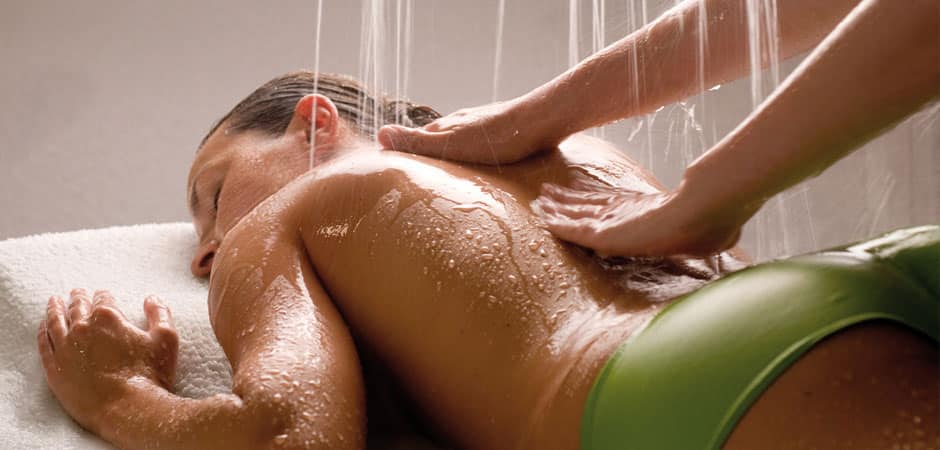
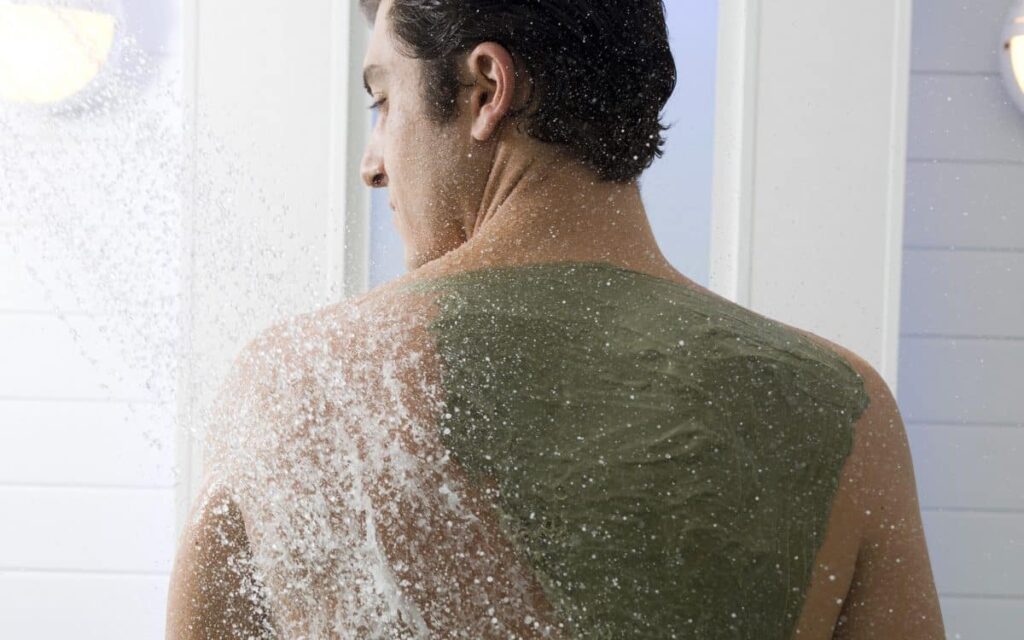
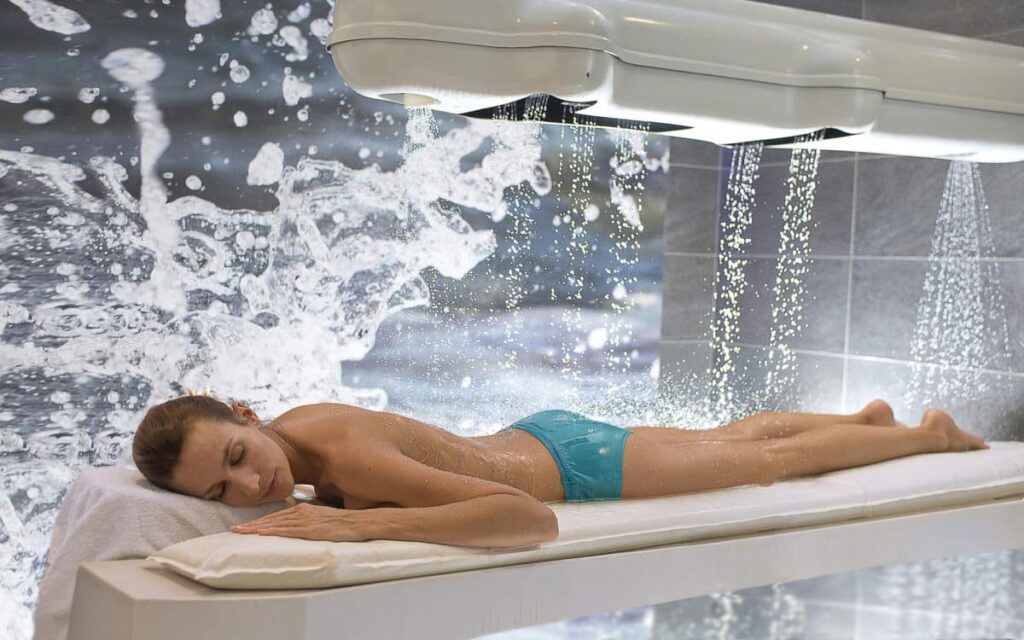
Thalassotherapy Becomes an Institution: France Leads the Way
Throughout the 20th century, thalassotherapy evolved from a seaside trend into a structured, regulated, and institutionalized practice, first and foremost in France. With thousands of kilometers of coastline, a strong medical tradition, and a deep-rooted culture of natural wellness, France emerged as the undisputed cradle of modern thalassotherapy.
It was during the 1960s and 1970s that momentum truly built. Centers began opening in Roscoff, Quiberon, Banyuls-sur-Mer, and Saint-Malo, led by doctors, physiotherapists, and investors who believed in the therapeutic potential of the sea. Thalassotherapy was no longer reserved for the social elite: it entered the realm of structured care, closely tied to physical medicine and functional rehabilitation.
The French government gradually acknowledged the legitimacy of these practices. In 1997, an official quality charter was introduced, setting clear standards for genuine thalassotherapy treatments: the use of natural heated seawater, mandatory presence of qualified medical staff, and personalized treatment protocols. A “France Thalasso” label was also created to ensure the professionalism and safety of certified centers.
Even today, France continues to set the standard. It boasts the most reputable thalassotherapy centers, the most rigorous medical protocols, and a wellness philosophy that blends scientific expertise with the art of living. This uniquely French model, both precise and sensory, continues to inspire the rest of Europe.
Thalassotherapy Techniques: Caring for the Body, Reconnecting with the Self
What sets a true thalassotherapy program apart from a simple seaside getaway is the use of precise, proven, and codified techniques. Each one is designed to harness the full power of marine elements – seawater, mud, algae, and iodine-rich air – to rebalance the body and calm the mind.
Hydrotherapy baths often open the session. You’re immersed in a seawater tub heated between 34 and 37°C, with targeted jets stimulating circulation, relieving muscle tension, and awakening the skin. It’s far more than a relaxing soak, it’s a gentle yet profound physical treatment.
Seaweed wraps are among the most iconic treatments. Algae, rich in minerals, trace elements, and antioxidants, are warmed and applied across the body. They promote detoxification, boost metabolism, and provide a cocooning warmth that encourages deep release. Some centers even use hand-harvested seaweed, gathered seasonally from their local shores.
High-pressure jet showers and affusion showers combine intensity with precision. The former, guided by a physiotherapist, delivers an invigorating massage for the legs and back. The latter involves a warm, gentle rain cascading over the body while a manual treatment is administered, an experience of pure, full-body relaxation.
Seawater walking pools, underwater jets, mobilization sessions, and aquatic fitness often complete the program. These low-impact exercises strengthen muscles, ease joint pain, and enhance endurance without placing strain on the body.
Each center develops its own specialties. Some focus on sports recovery, others on sleep, weight loss, skincare, or post-burnout stress relief. But the core principle remains the same: to use the marine environment as a complete, holistic, and living therapy.
A subtle balance of medical expertise, sensory craftsmanship, and natural beauty.
It is this unique combination of clinical precision, sensory expertise, and extraordinary natural settings that makes French thalassotherapy a global benchmark in wellness.
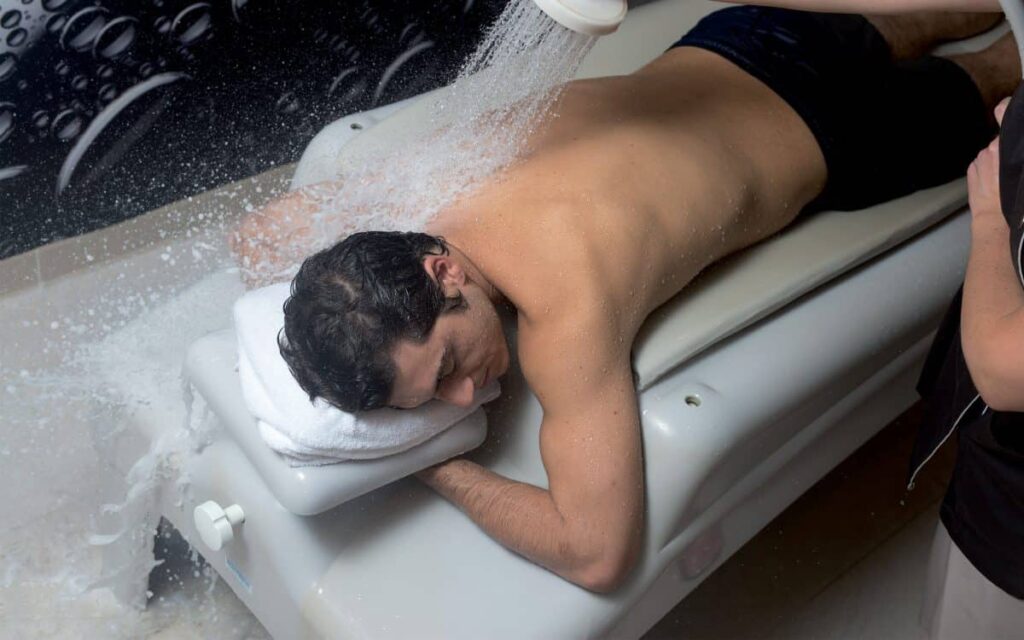
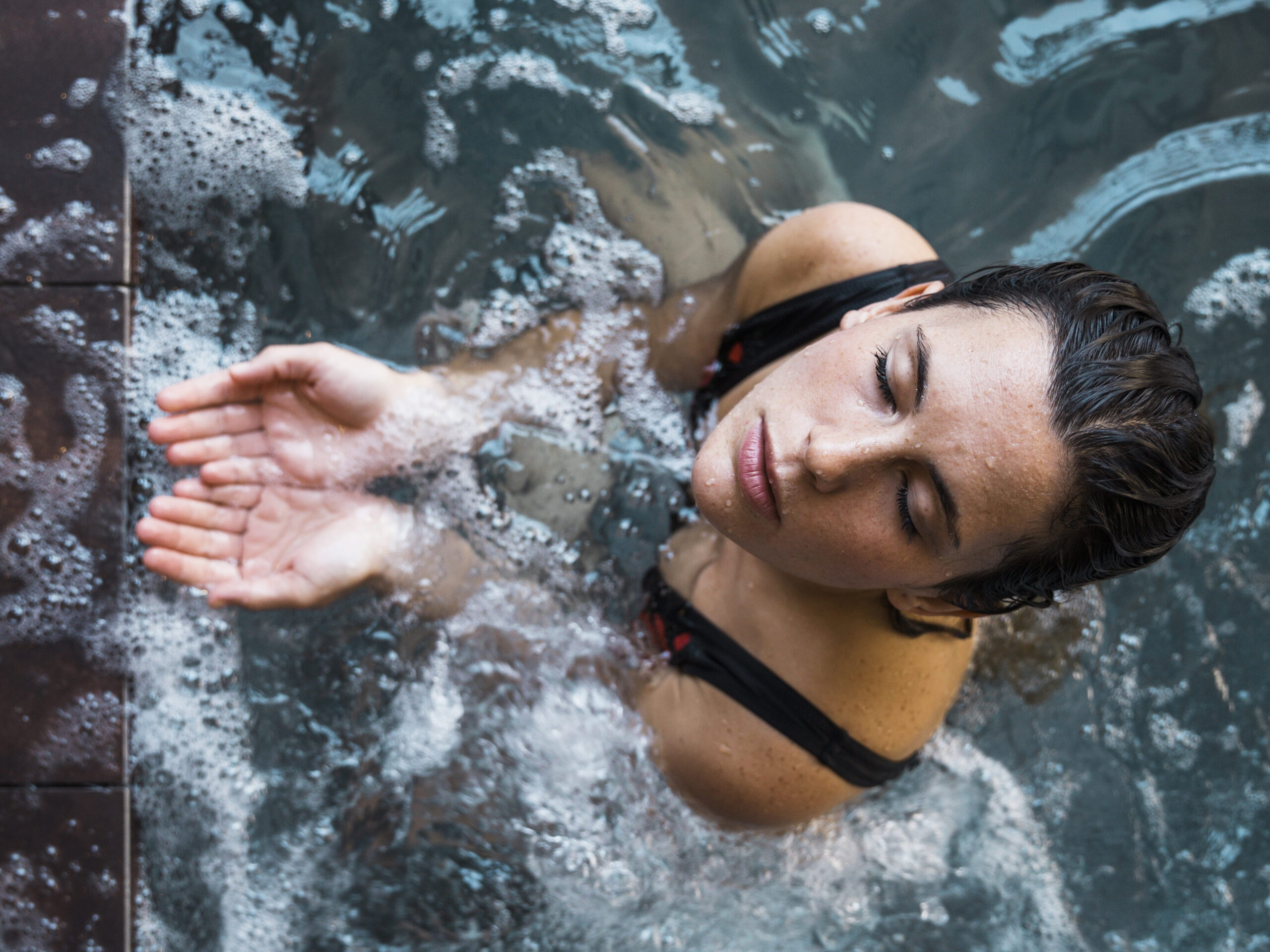
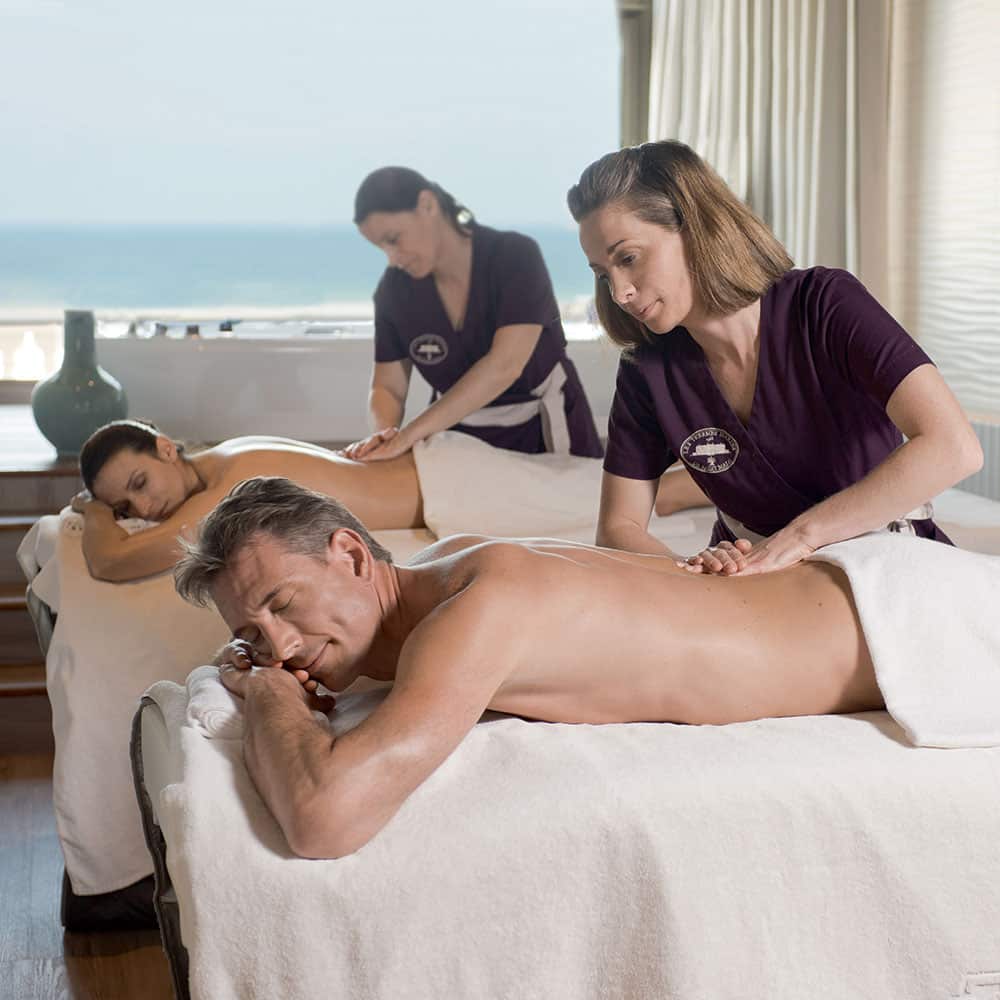
Thalassotherapy in France: Natural Luxury, a True Art of Living
Whether stepping into a heated seawater bath, being enveloped in fresh seaweed, or simply walking barefoot on Atlantic sands, thalassotherapy is more than a treatment: it’s a French art de vivre. Rooted in history and supported by science, it offers a gentle, elegant, and natural response to the imbalances of body and mind.
Choosing France means choosing excellence. It means embracing a rich diversity of landscapes and the quality of a savoir-faire that’s recognized around the world. From the wild shores of Brittany to the refined beaches of Normandy, thalassotherapy centers offer a truly unique experience where every movement, every breath, every care brings you closer to restored equilibrium.
What if your next journey began here, by the sea, where everything falls back into place?


